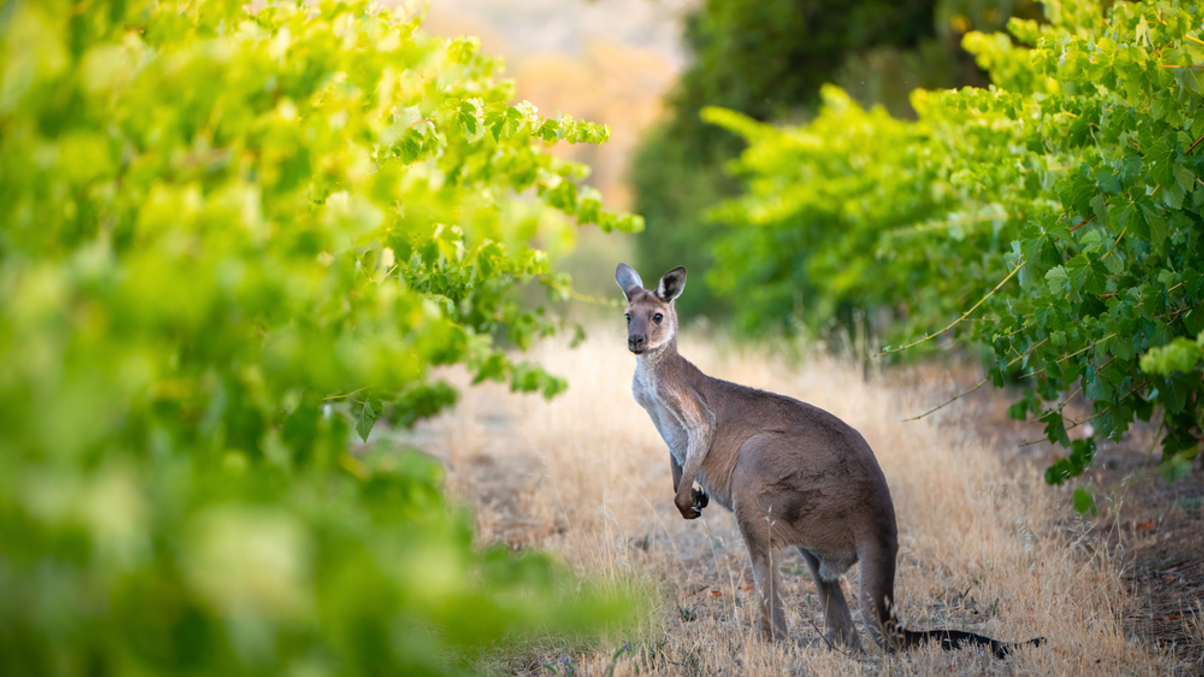Global pension funds flock to Australian farmland
Global institutional investors, led by Canadian pension funds, are piling into the sector despite its disappointing returns in the last year.

Global investors, led by pension funds from Canada, are significantly increasing allocations to Australia’s farmland sector despite its weak performance in 2023.
Sign in to read on!
Registered users get 2 free articles in 30 days.
Subscribers have full unlimited access to AsianInvestor
Not signed up? New users get 2 free articles per month, plus a 7-day unlimited free trial.
¬ Haymarket Media Limited. All rights reserved.


